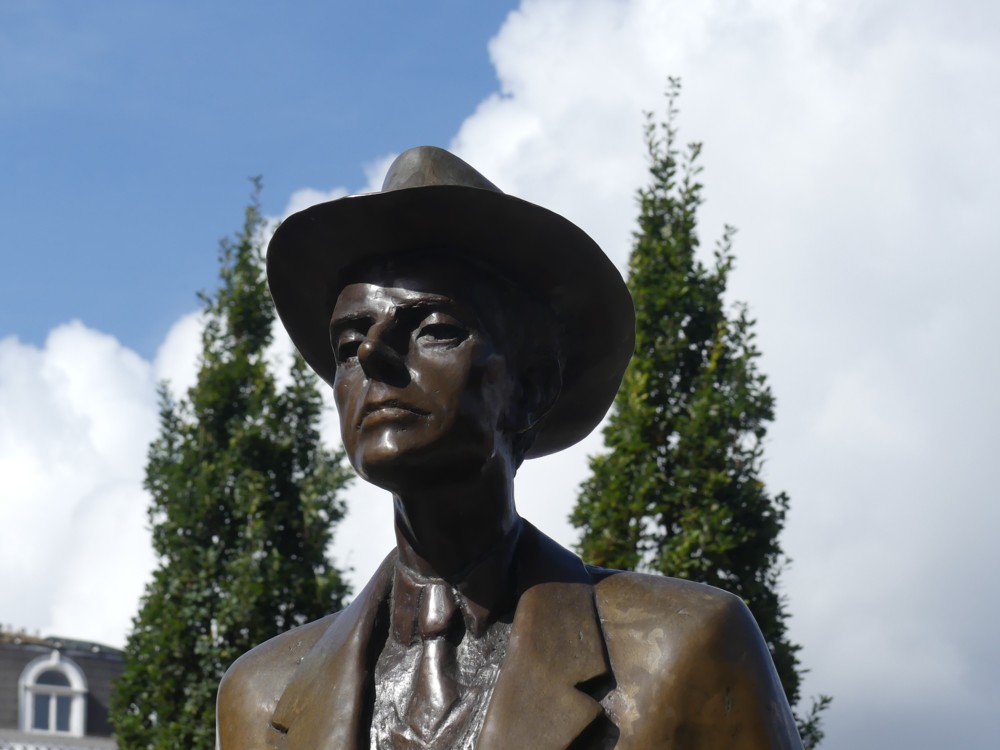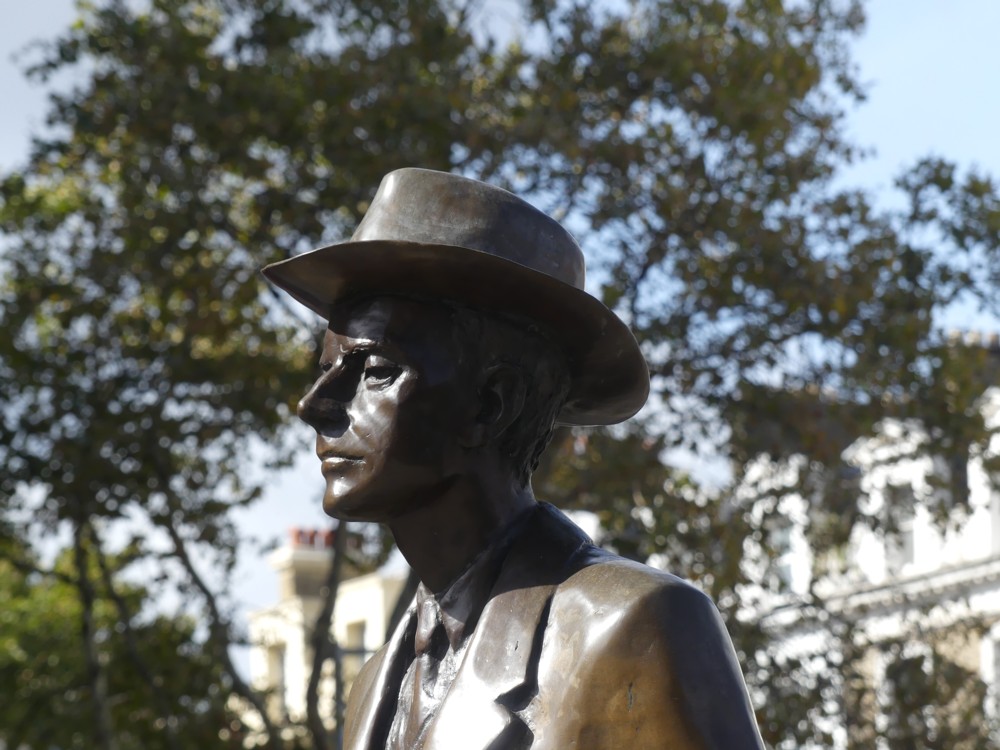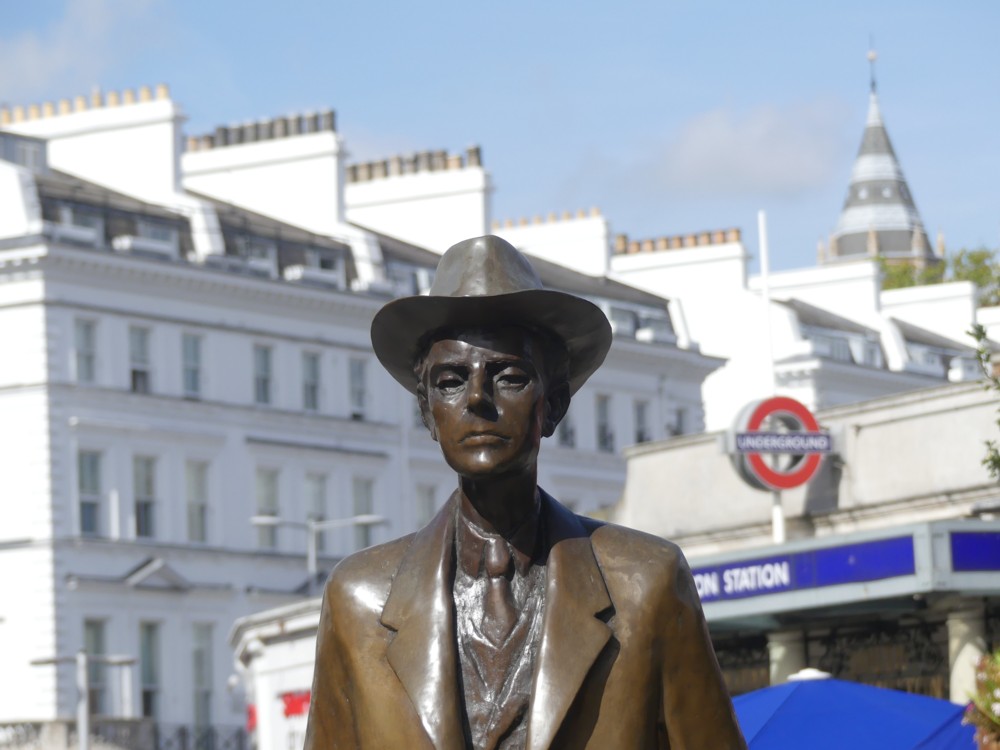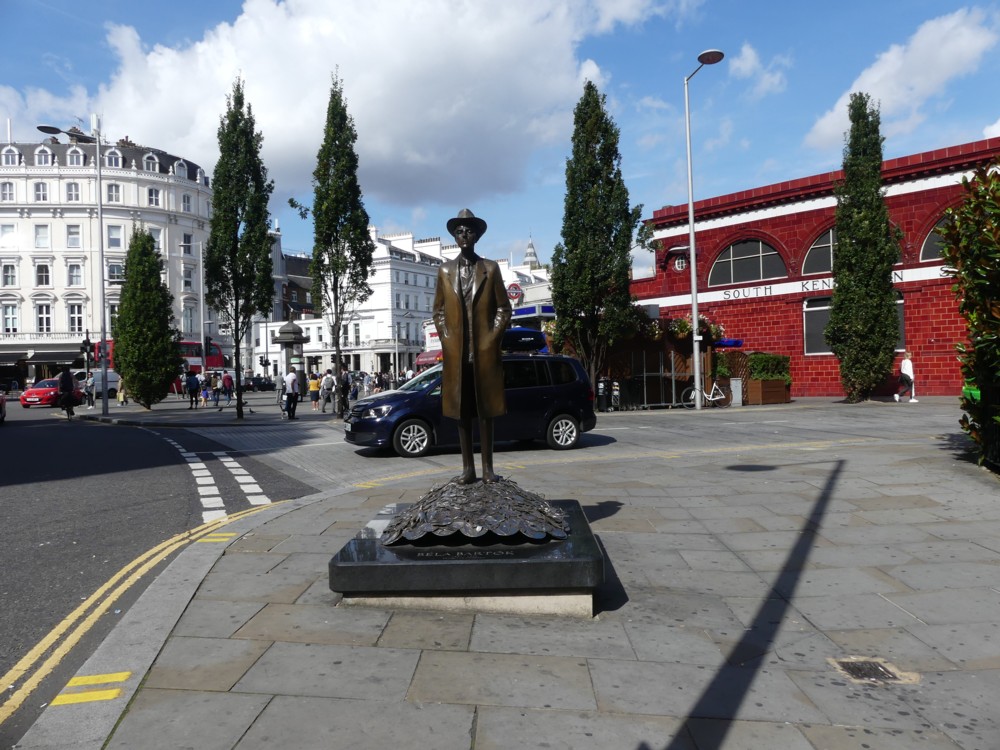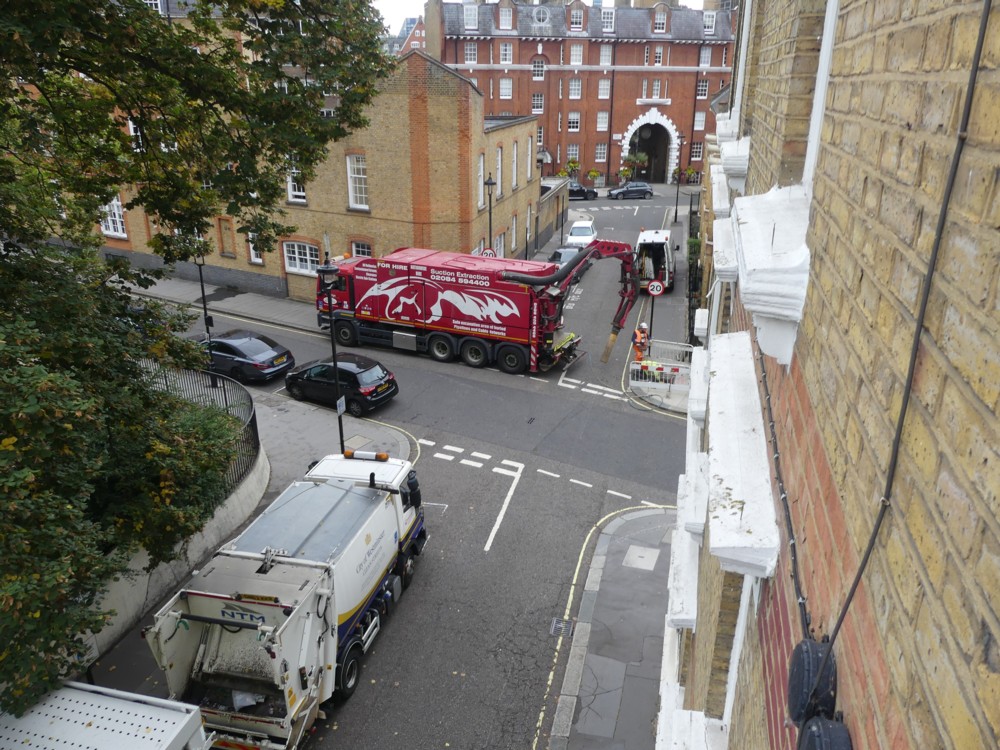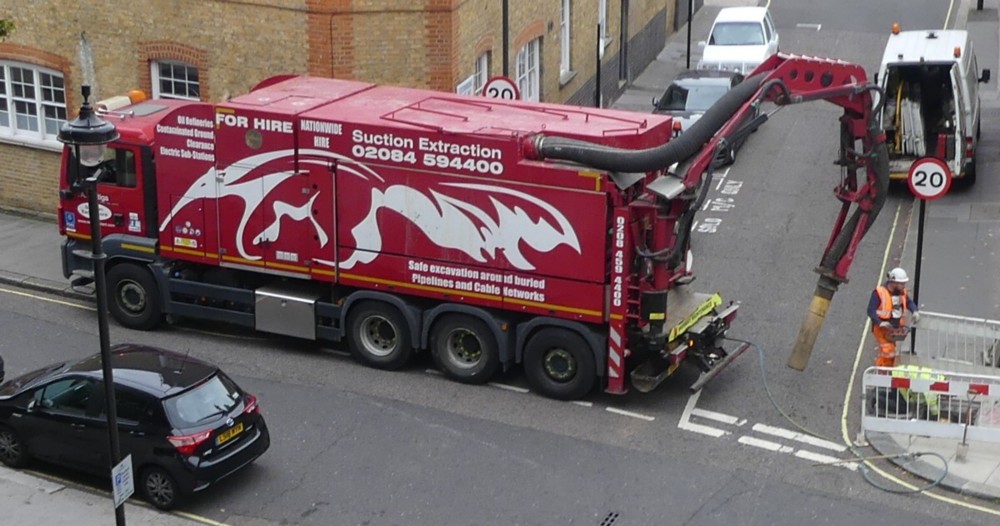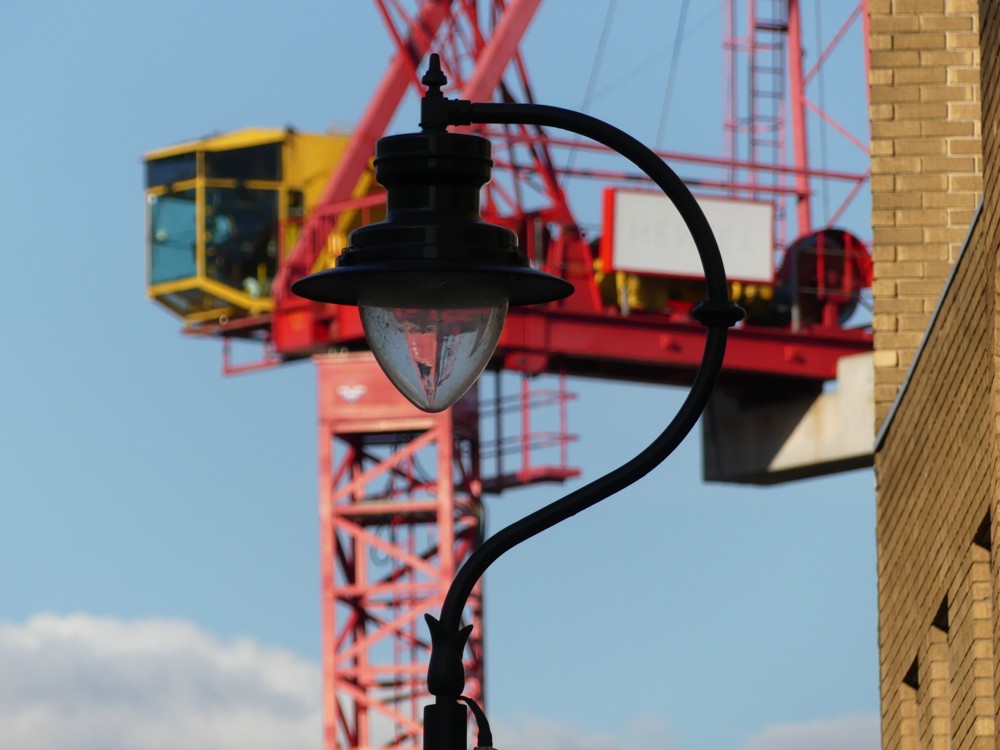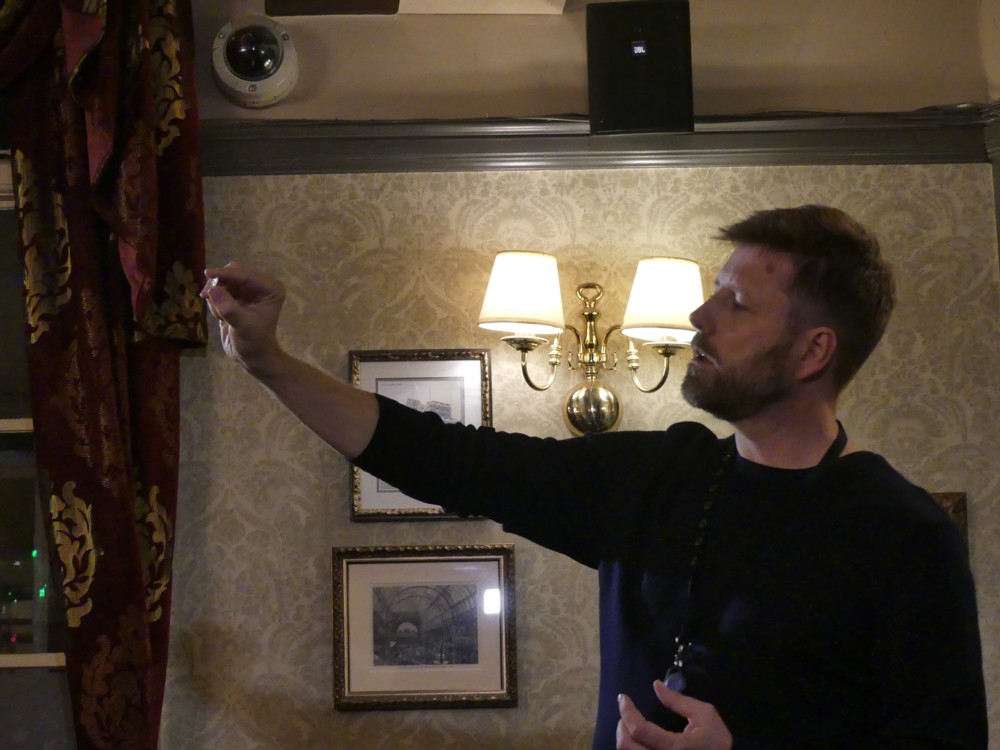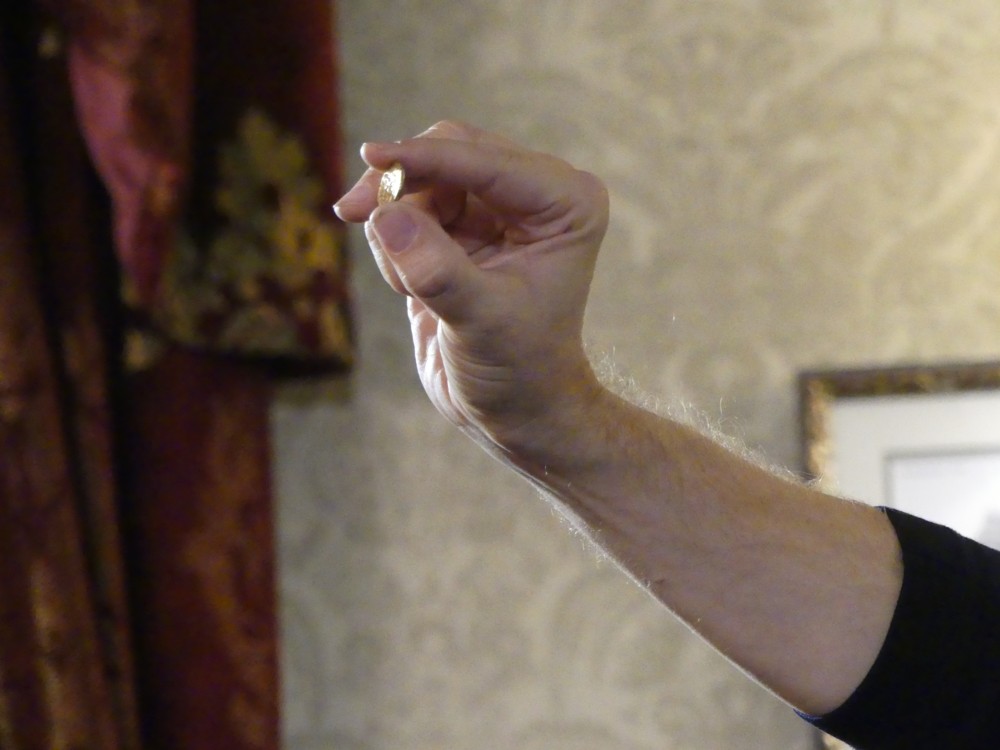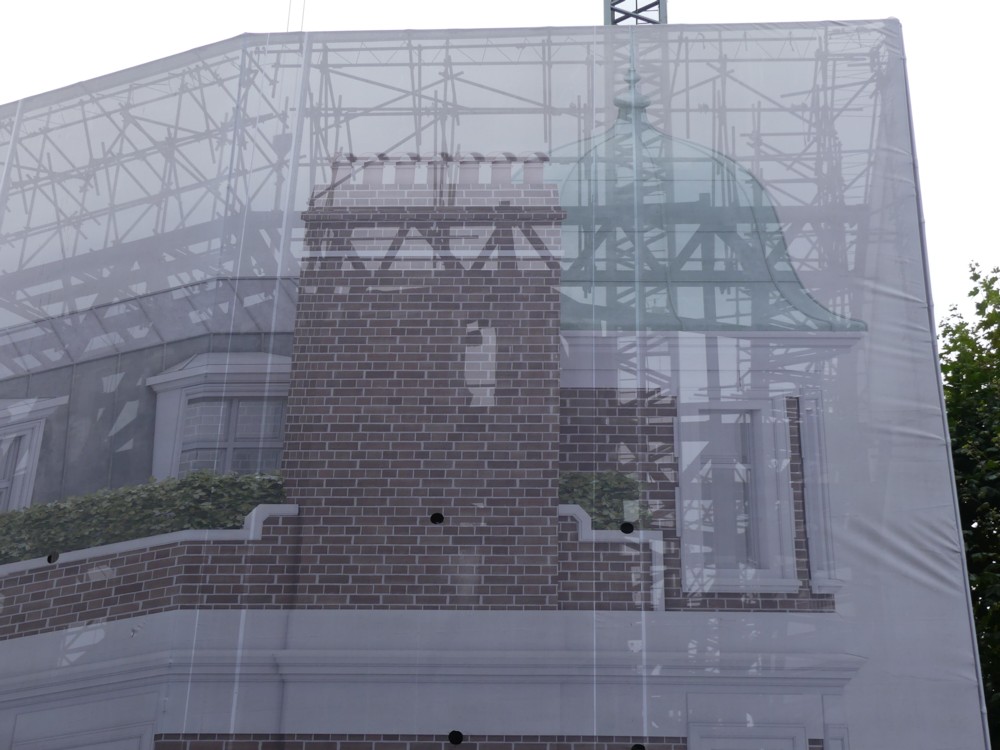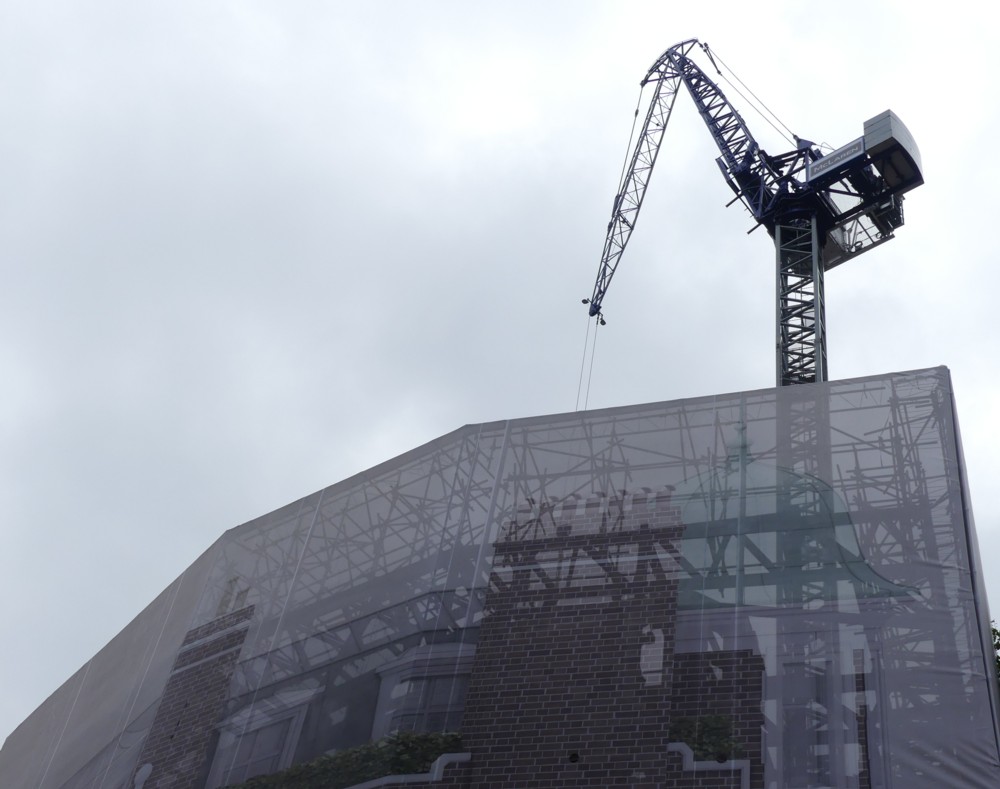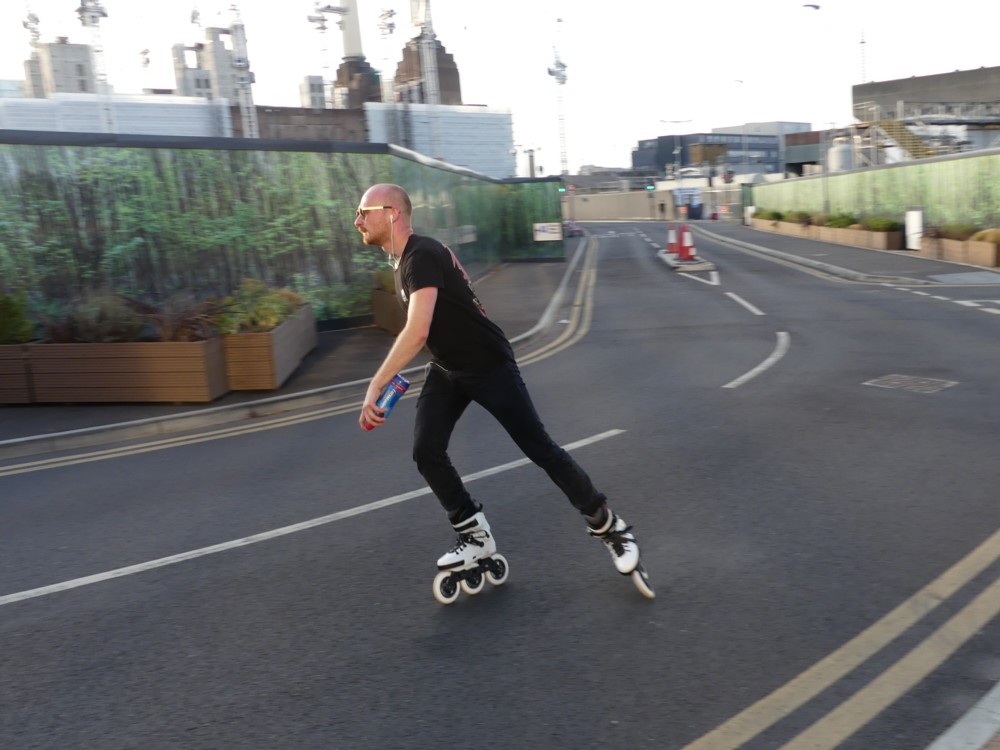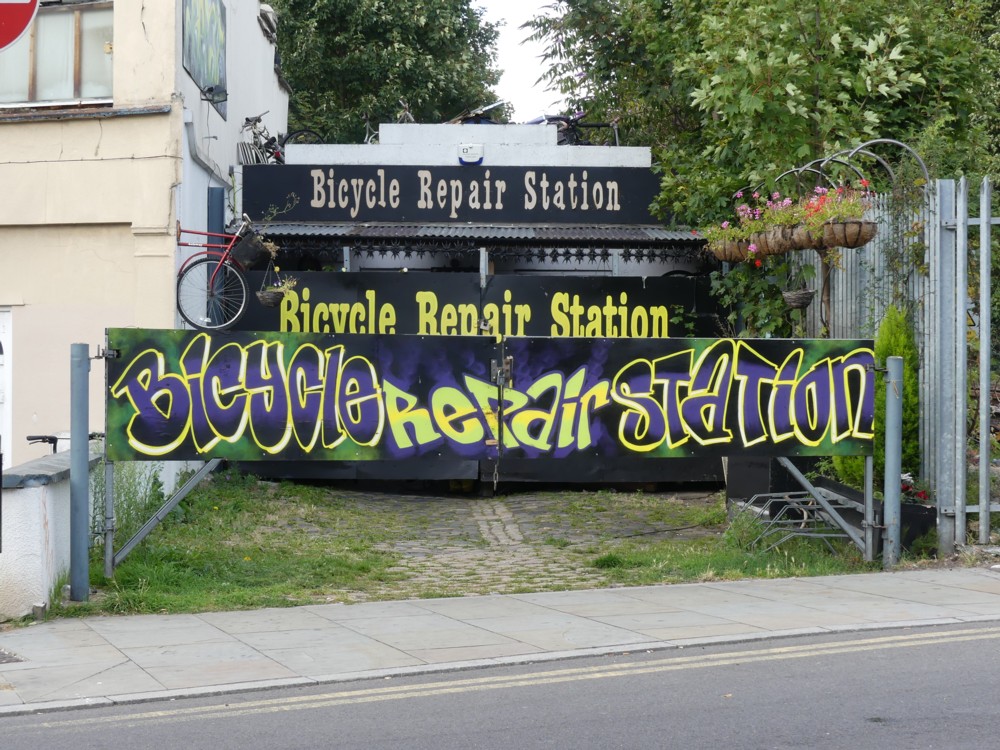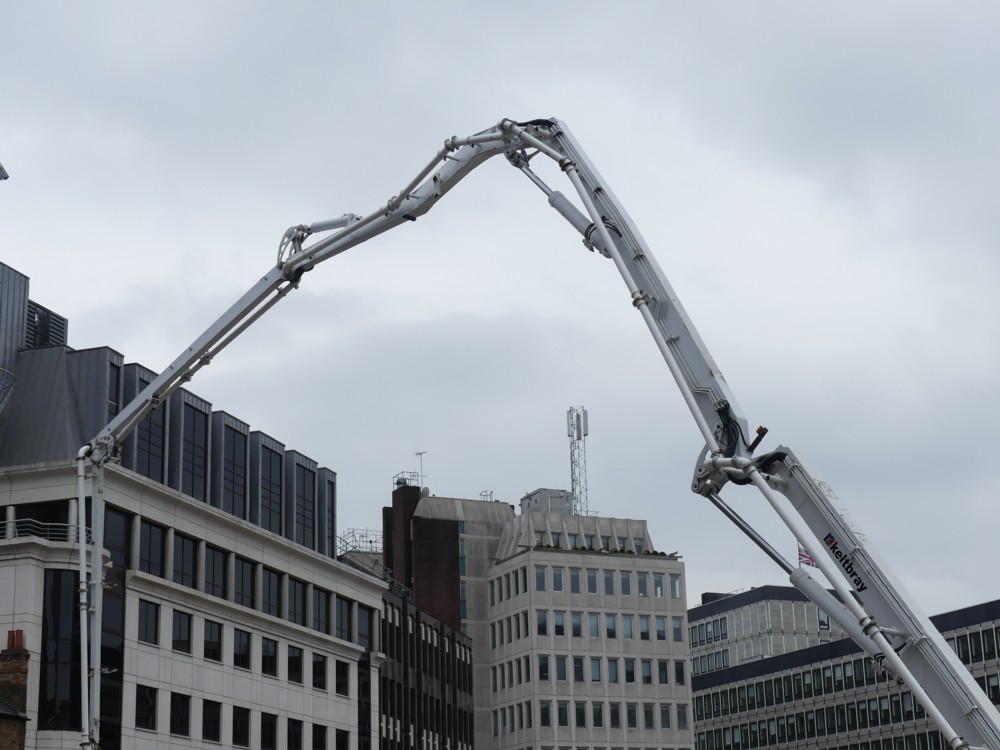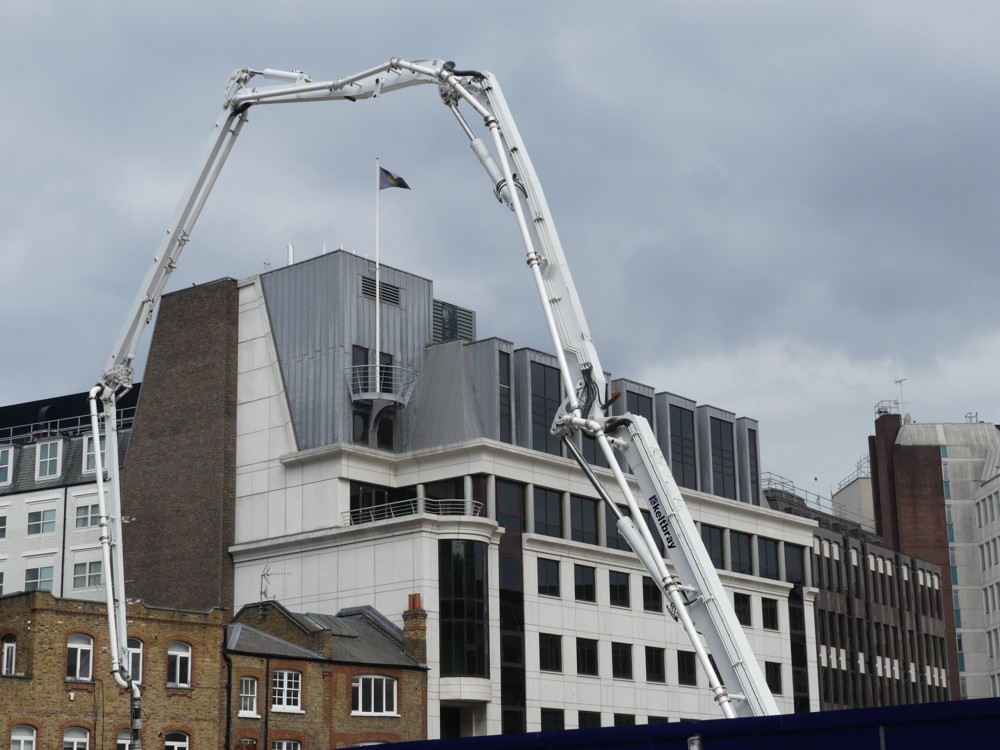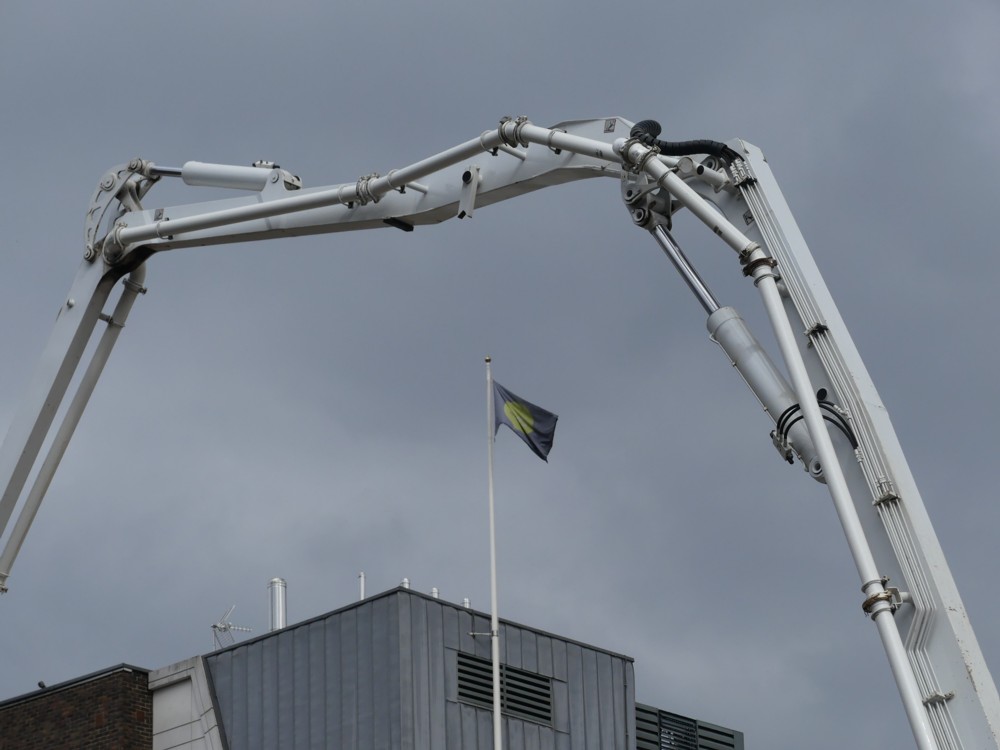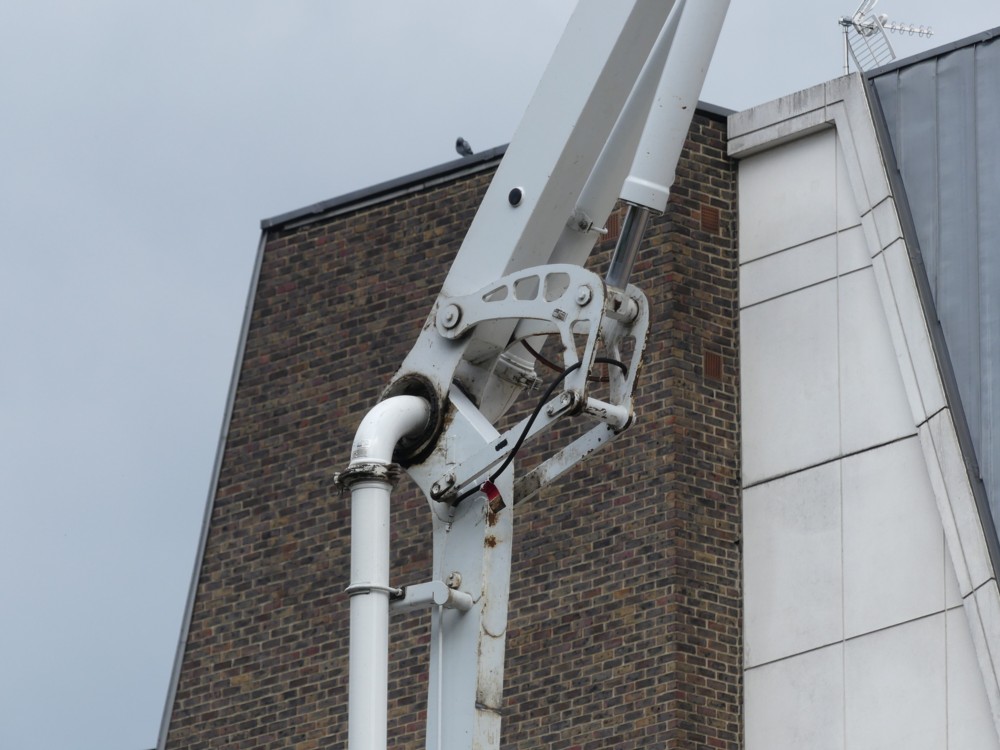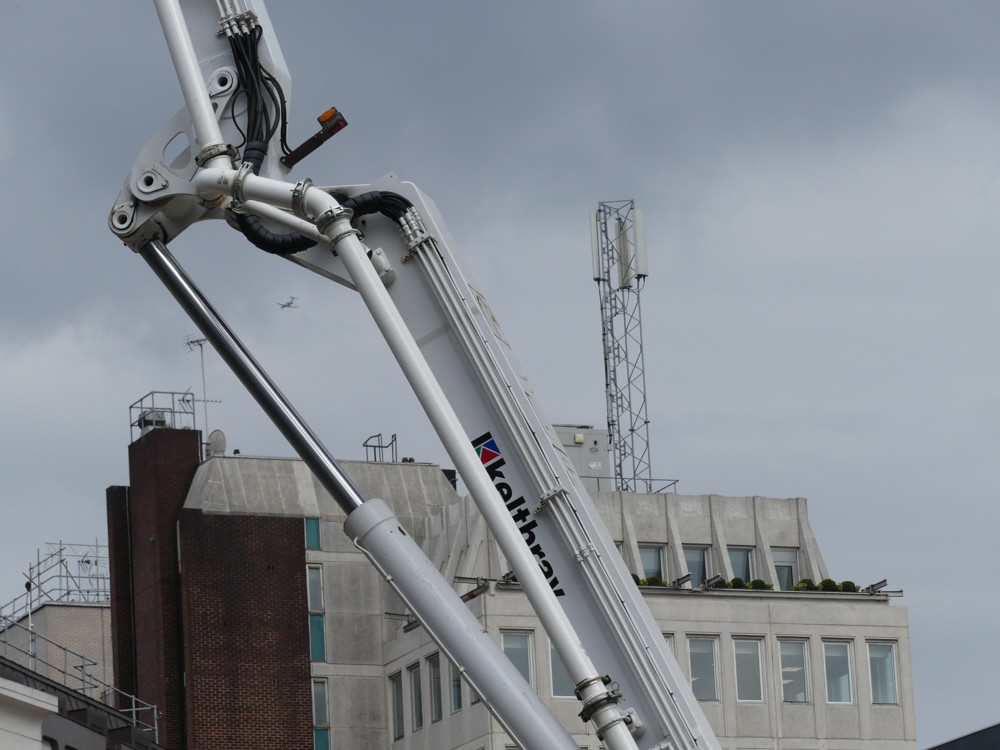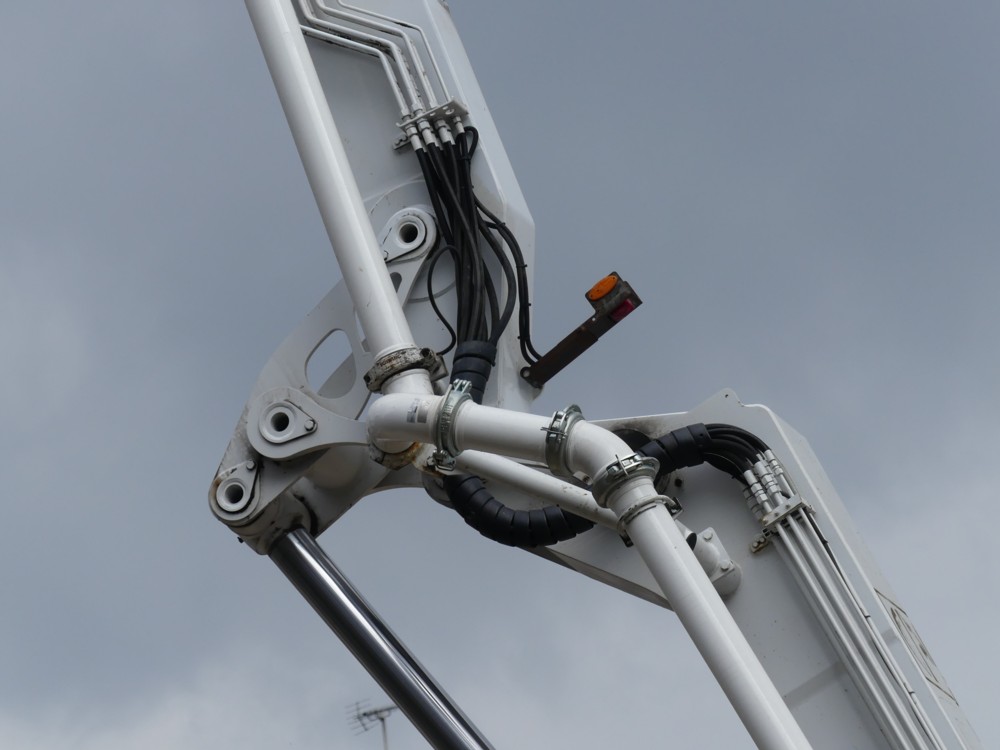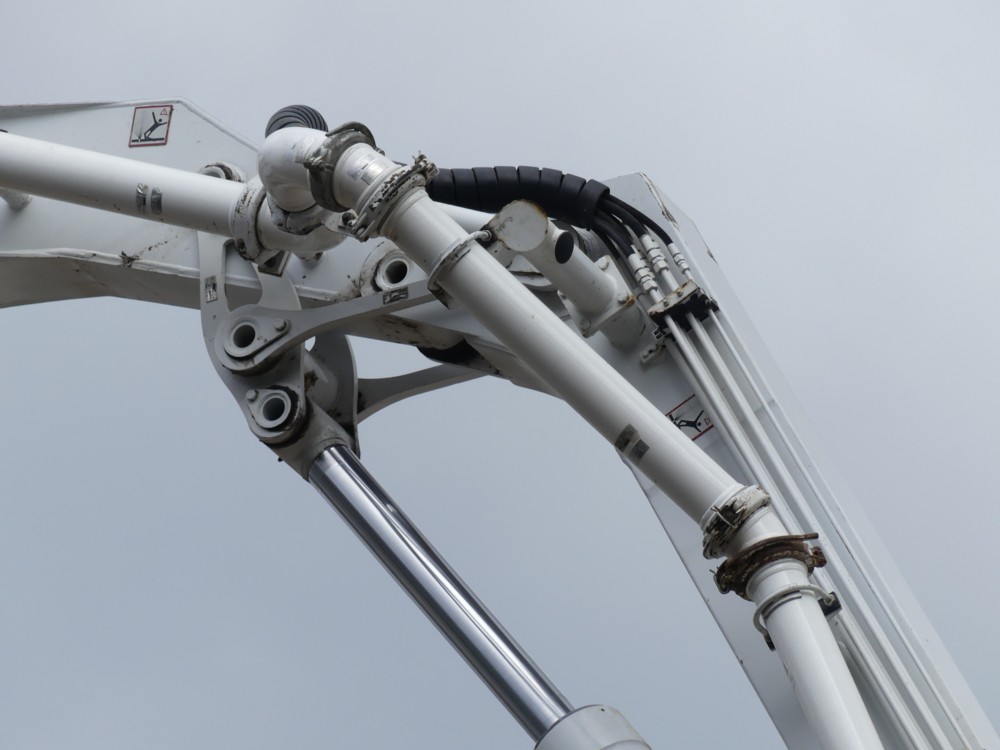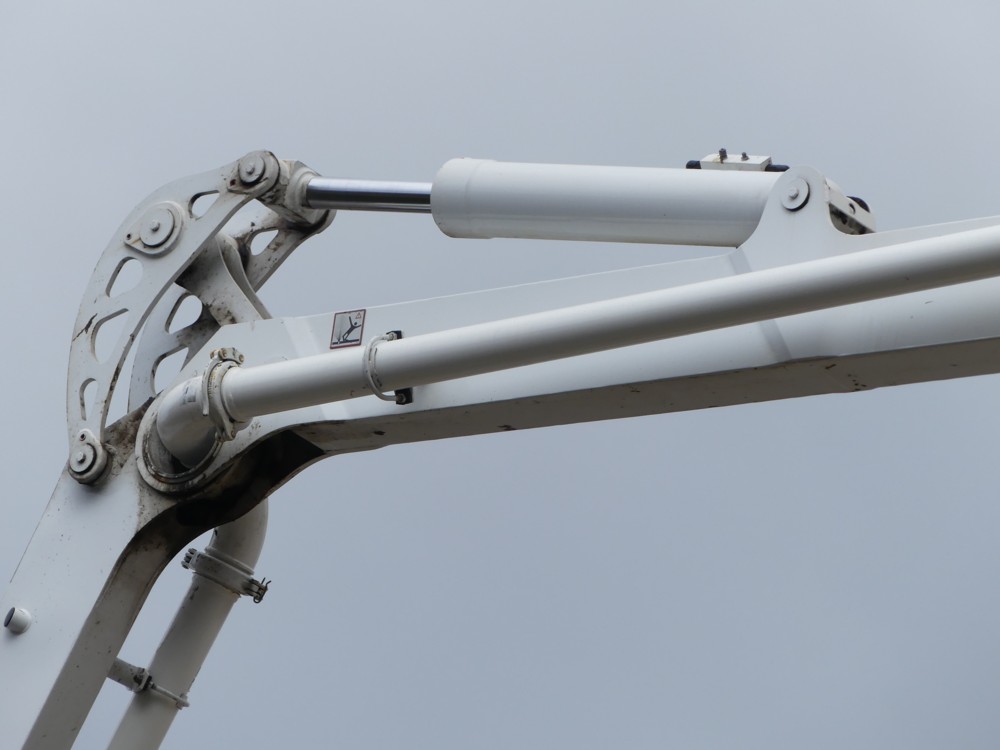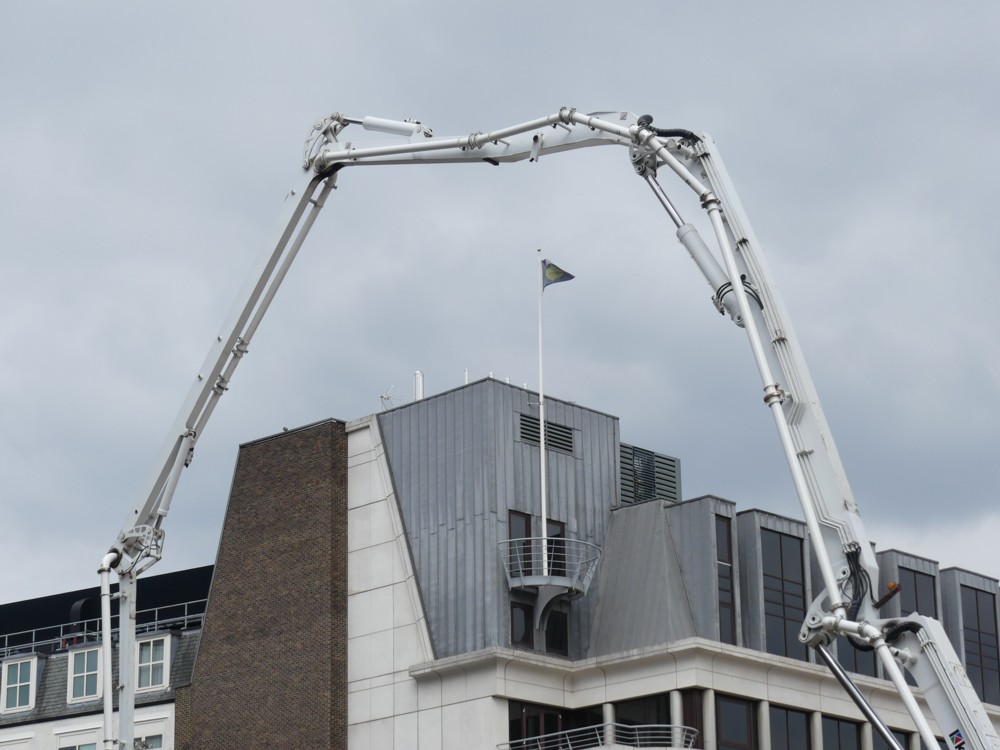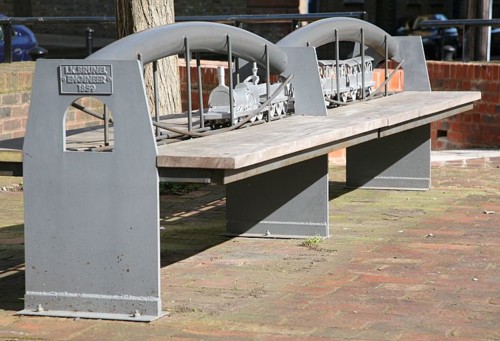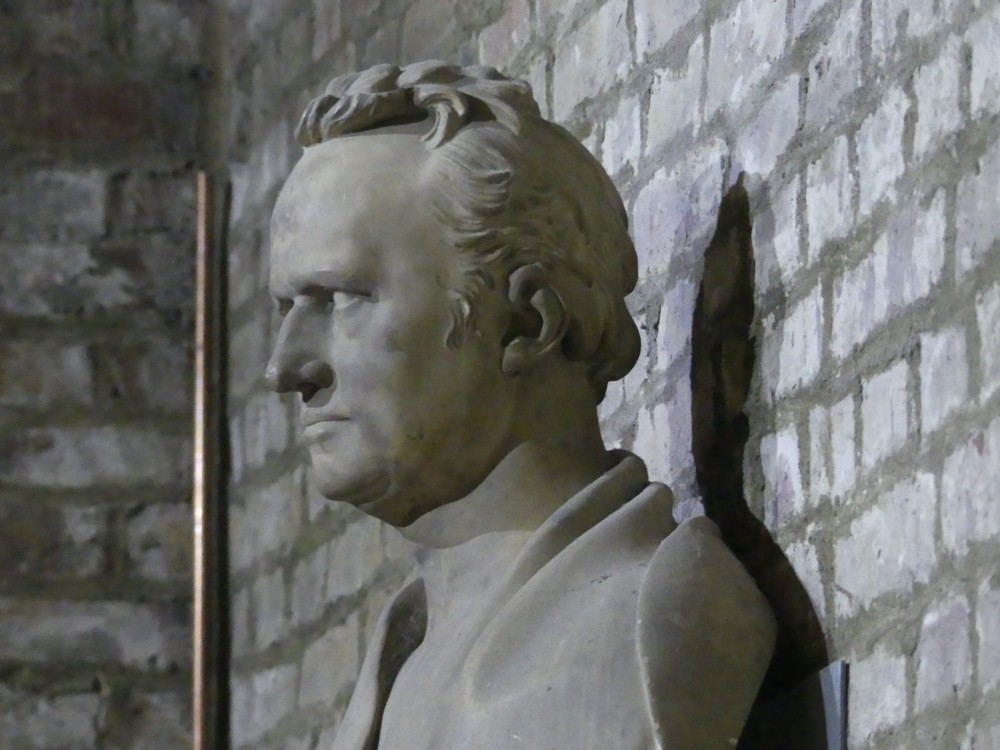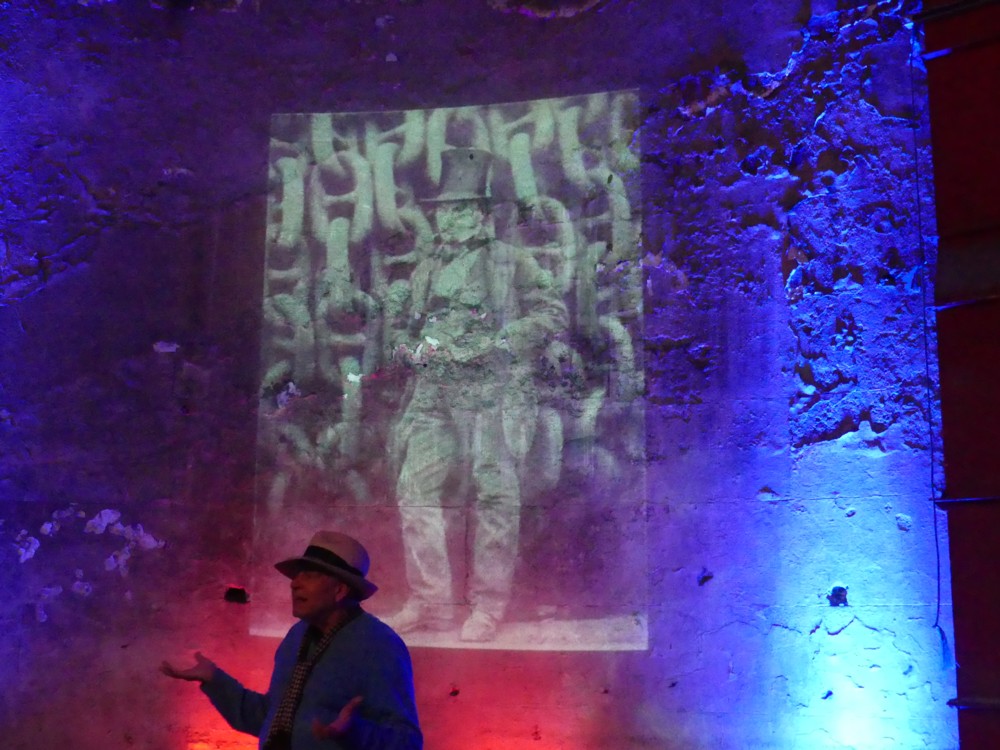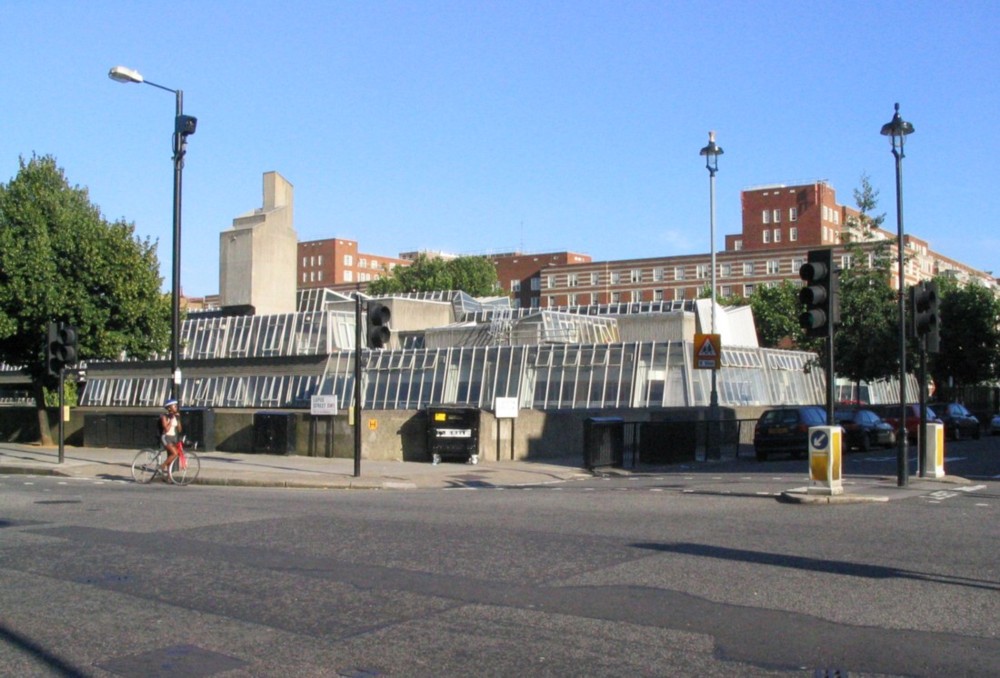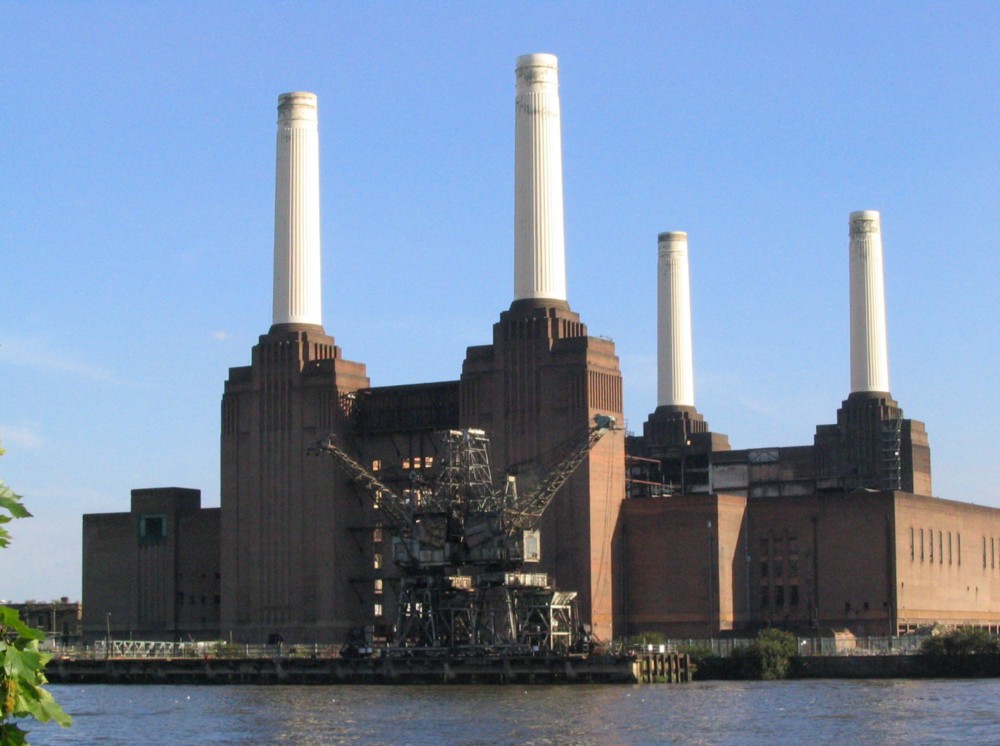I was summoned to Chateau Samizdata (which is in South Kensington these days) for lunch today, which meant that when I walked past that Bartok statue at lunchtime today, the light was behind me, rather than in front of me and behind Bartok.
So I was able to have another go at photoing him:
But with rather mixed results. The change in lighting made a lot less difference than I had been hoping.
I spent the late afternoon and the evening (a) doing stuff at home, and (b) keeping track of the climaxes of two competitions, this one, which was won by pianist Eric Lu, and this one, which was won by the Worcestershire cricket team. Which means Worcestershire have had a mixed season, having also been relegated from Division One of the County Championship. It was like them winning the FA cup but also getting relegated from the Premier League. However, getting relegated from Division One of the Country Championship makes far less financial difference than dropping out of the Premier League. So Worcester are probably now pretty happy. Counties doing well in one format but badly in another is quite frequent. They all say that, of course, they want to win everything. But in reality, they prioritise this and neglect that.
Tonight, Radio 3 played the last two Leeds Piano Competition concerto performances, the three others having been played last night. I will be checking out the performance of Beethoven 1 from last night, because, while they were waiting for them to pick the various prize winners, they played part of a chamber music performance by the guy who had played Beethoven 1, which sounded excellent. Also, this guy came second in the overall competition, so he’s pretty good.
Tonight’s Beethoven 4, from winner Lu, was excellent, albeit somewhat more subdued than I think Beethoven had in mind when he composed this piece. Lu’s was a very “private” performance of what was actually, I think, written as a rather public piece (about private feelings). But that’s very much a matter of (my) opinion. Given what Lu was doing, he did it very well. Besides which, who would want all concerto performances to sound the same? Beethoven might have been surprised by Lu’s delicate and subtle performance, but that doesn’t mean he’d have minded. On the contrary, he would probably be amazed and delighted that people were still playing the thing at all.
Tonight’s other concerto, the Schumann, was similar in artistic intention to Lu’s Beethoven 4, but to my ear it involved a few too many wrong notes. The Radio 3 commentators didn’t mention these wrong notes, but I don’t think I imagined them. I think they chose to ignore them.
Bartok wrote three Piano Concertos, each very fine in their contrasting ways. None of these were played in the final of the Leeds Piano Competition.
LATER: I’ve just been listening to another county game, just started on Sept 18th, and I realise that the piece I linked to about Worcester getting relegated was dated 2015. Theoretically, they could still avoid relegation this year. But they’re not going to. They’ve just been bowled out for 94 by Essex, and they are about thirty points shy of safety, with Yorks and Lancs both having to cock it up big time for them to escape. As it is, Worcs and Lancs both look doomed to the trop. But, in theory, Worcs are still in with a chance of avoiding this.
I am very sorry to have misled you, in the unlikely event that I did, and that you care.

